SAN DIEGO — The home of SeaWorld and a world-famous zoo offers plenty of cash-burning attractions, but San Diego also has awe-inspiring sites that are as free as the sea breeze and go beyond just sunbathing at the beach.
The nation’s eighth-largest city has matured from its “Fast Times at Ridgemont High” surf days. Today it boasts a burgeoning international art scene, thriving farm-to-table food movement, and a booming bio-tech industry.
Here are five free things to do and see in the city and its surrounding areas that run the gamut from botany to border history.
BALBOA PARK
Balboa Park will be marking its 100th anniversary in 2015 with a host of festivities, although any day is worth a visit to the 1,200-acre (485-hectare) urban oasis that rivals New York’s Central Park and is home to the San Diego Zoo. With 350 species of plants, Balboa Park offers hikes through palm-lined canyons and specialty gardens that are free to visit. The visitor’s center offers a self-guided tour of the Trees for Health medicinal garden with gingko, cinnamon and mulberry. The Zoro Garden has a sunken stone grotto that was designed as a nudist colony during the 1935 California-Pacific Exposition. Today it is a butterfly garden with indentations built into rocks to collect small pools of water for the monarch, sulfur and swallowtail butterflies. At the park’s center are a cluster of museums whose Spanish Renaissance-style buildings were erected in 1915 for a world fair to commemorate the opening of the Panama Canal; balboapark.org/in-the-park.
UNIVERSITY OF CALIFORNIA at SAN DIEGO
On a mesa above the Pacific, the setting alone is reason enough to visit the UC San Diego campus. The university’s grounds are also dotted by 18 internationally acclaimed art pieces. They include a text-inscribed granite picnic table by conceptual artist Jenny Holzer and a blue-violet fence-like structure by renowned installation artist Robert Irwin that runs through eucalyptus trees. The most recently acquired installation is Fallen Star by Korean artist Do Ho Suh. The quaint one-room cottage hangs precariously off the seventh story of the engineering school. It is free and open on Tuesdays and Thursdays for anyone who wants to go inside for a serious case of vertigo. A self-guided tour map is available at stuartcollection.ucsd.edu/map.
THE SALK INSTITUTE
Just west of the UC San Diego campus is The Salk Institute for Biological Studies, which offers free guided tours Monday-Friday. Established in the 1960s by Dr. Jonas Salk, who developed the polio vaccine, the research facility was designed by architect Louis I. Kahn. Salk wanted laboratory spaces that could be adapted to the future needs of science. Kahn designed two, six-story buildings and used concrete, teak, lead, glass and special steel. The laboratories have glass walls, allowing them to be flooded with daylight. An open courtyard of travertine marble acts “as a facade to the sky,” the institute says in its description. The American Institute of Architects has included the facility among some 30 buildings that it said have “changed modern life.” Reservations are required for the tour at salk.edu/about/ architecture–tours.html.
BORDER FIELD STATE PARK
San Diego is a border city but it often does not feel like one despite the fact its center is less than a 20-minute drive to Mexico. The best way to see the border without crossing it is at Border Field State Park, which is at the farthest southwest corner of the United States. The park is free for those who hike in from the parking lot before the main gate. It’s about 1 mile to the picnic area, where visitors can see the towering steel fence marking the border, which plunges into the Pacific. The Border Patrol does not allow the public to go up to the fence but one can stand a short distance from it and see parts of Tijuana, including its bull ring. Music and kites often waft over from Mexico. The U.S. side is an uninterrupted natural coastal stretch that is part of an estuary reserve with more than 370 species of birds. Swimming here is not recommended because of rip currents; parks.ca.gov/?page–id=664.
TORREY PINES GLIDER PORT
For spectacular sky gazing, head to Torrey Pines Glider Port, a city-owned, private-use glider airport where paragliders and hang gliders jump off the wind-swept bluffs and silently float over the ocean. During World War II, U.S. Army cadets trained at the site, which is listed as a National Landmark of Soaring. Today there are picnic tables. The glider port offers lessons and equipment rental, and sandwiches at the Cliff Hanger Cafe. Anyone can visit for free; sandiegofreeflight.com/jm170.
Send questions/comments to the editors.

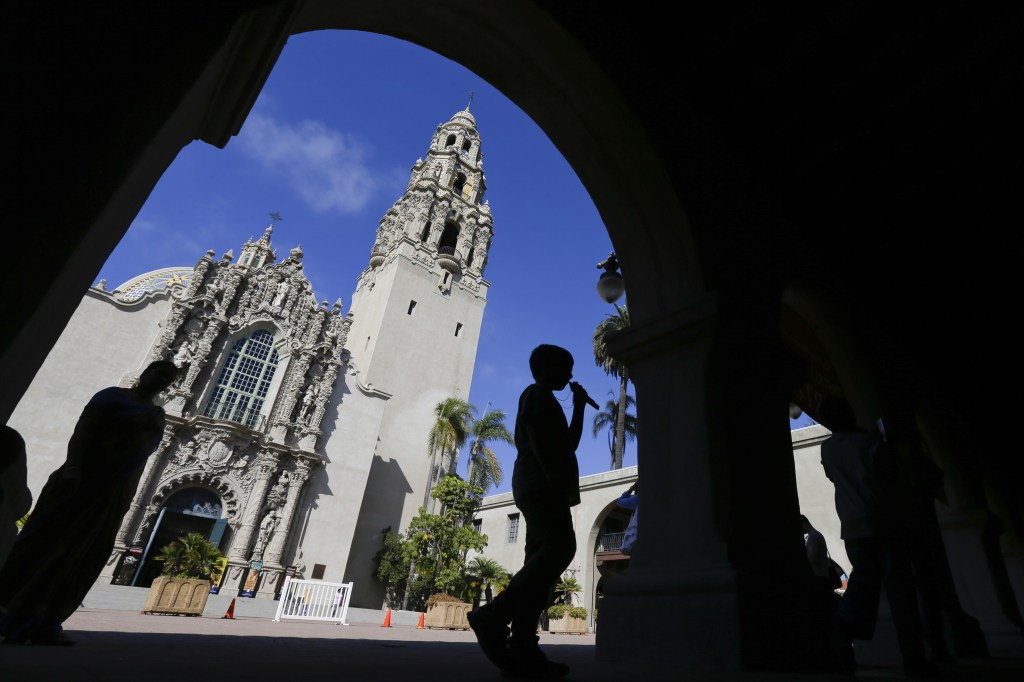
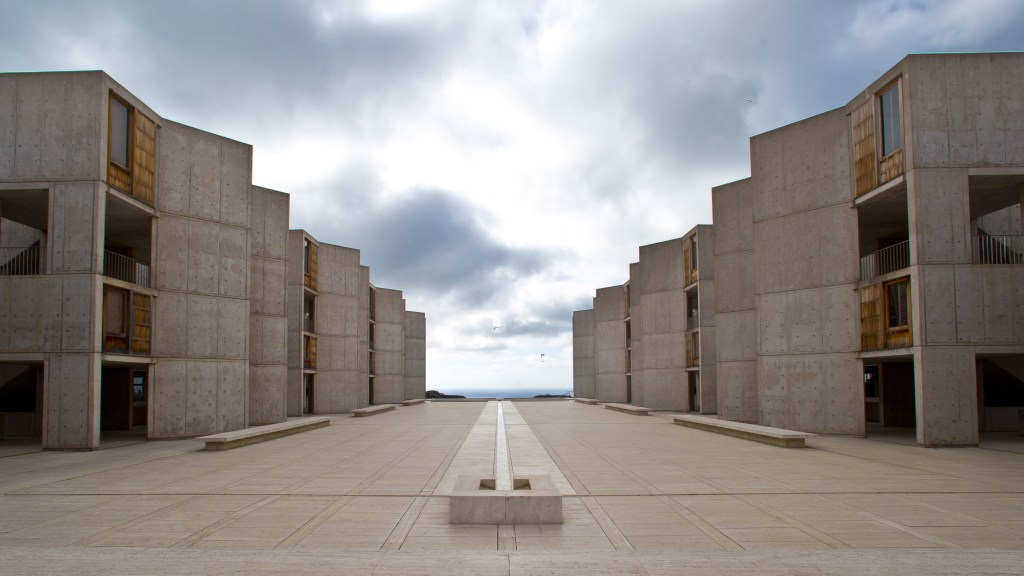
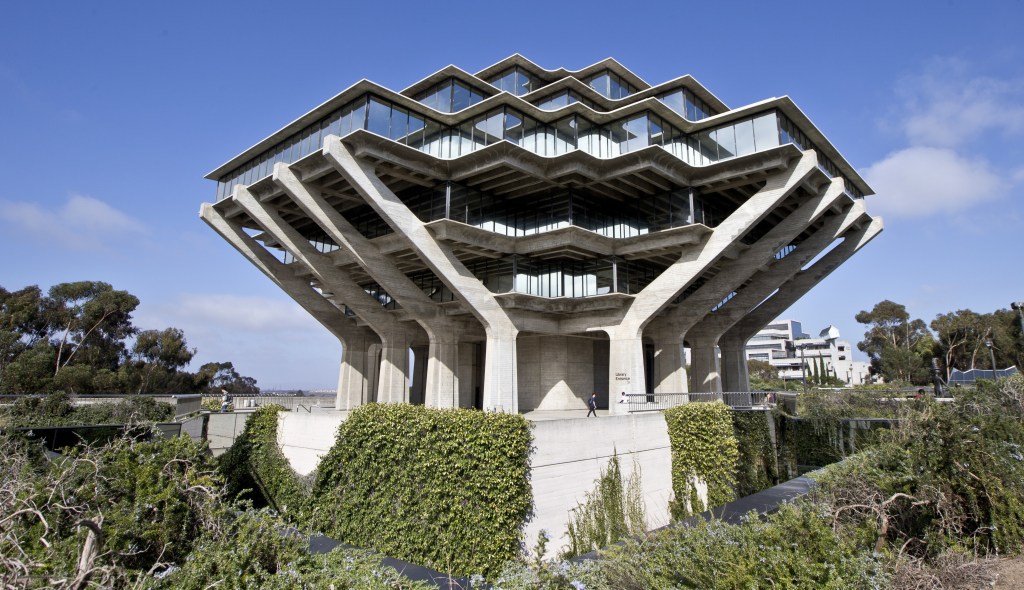
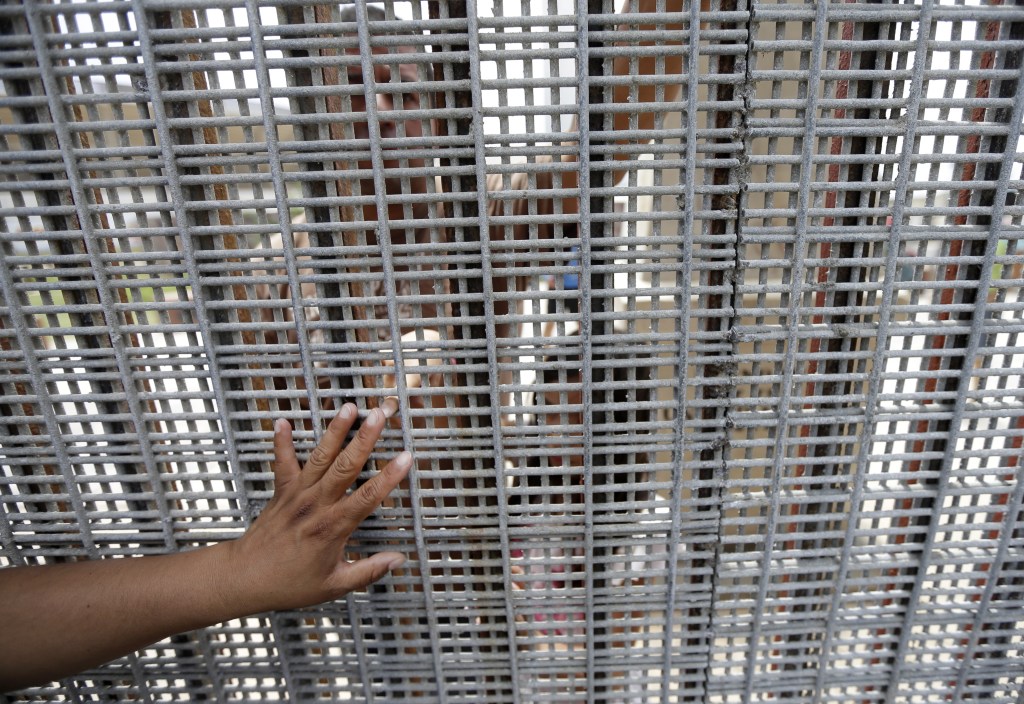
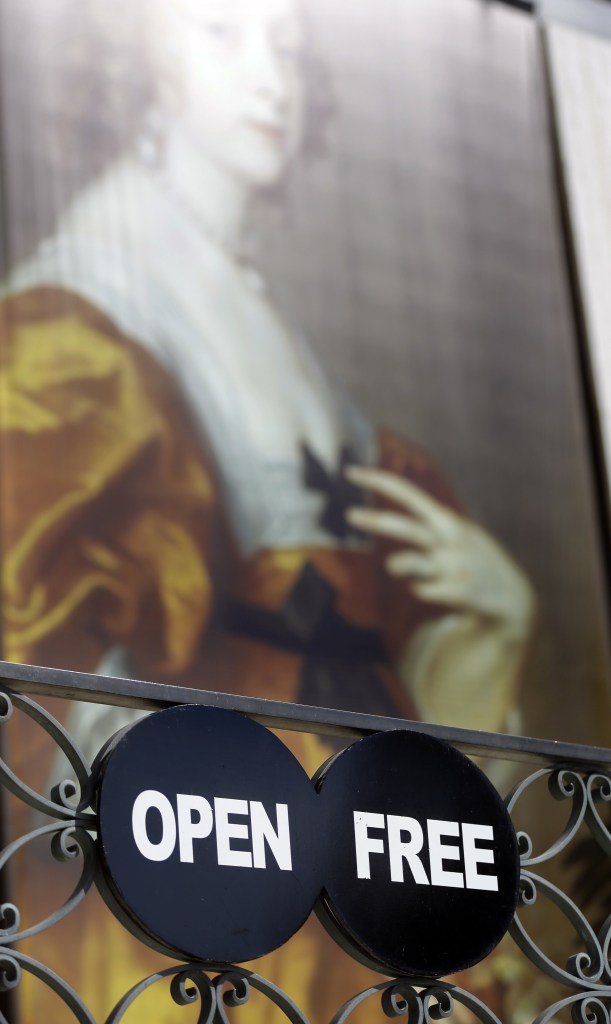
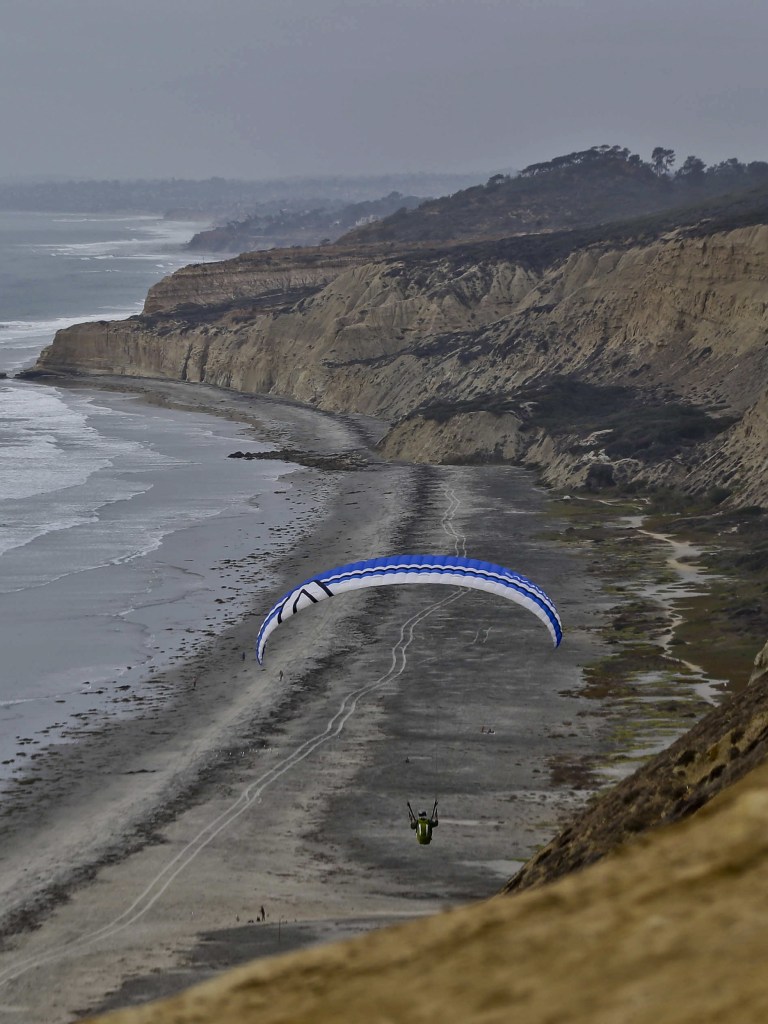

Success. Please wait for the page to reload. If the page does not reload within 5 seconds, please refresh the page.
Enter your email and password to access comments.
Hi, to comment on stories you must . This profile is in addition to your subscription and website login.
Already have a commenting profile? .
Invalid username/password.
Please check your email to confirm and complete your registration.
Only subscribers are eligible to post comments. Please subscribe or login first for digital access. Here’s why.
Use the form below to reset your password. When you've submitted your account email, we will send an email with a reset code.